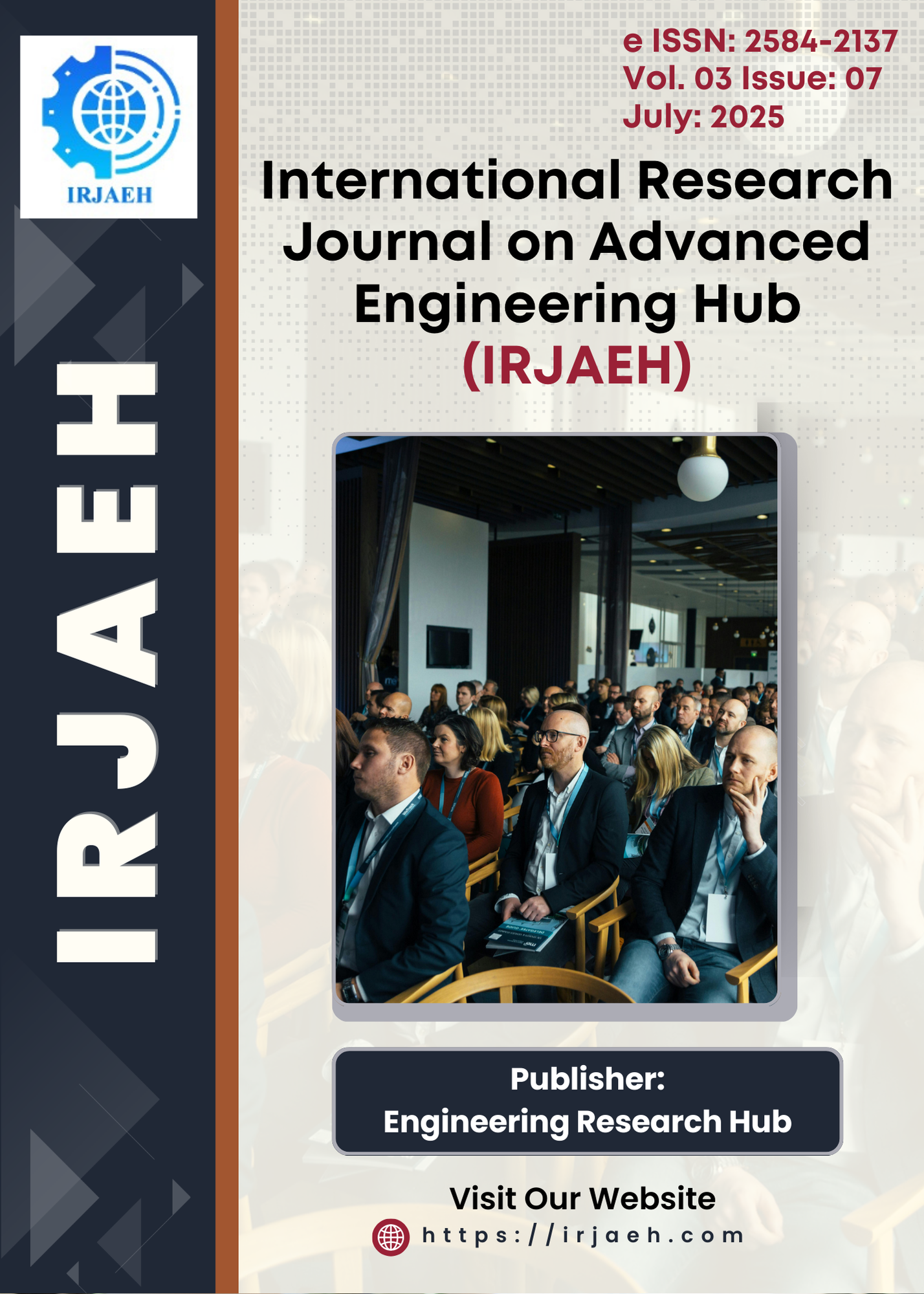Desulfation of Lead Acid Battery with Pulse Charging
DOI:
https://doi.org/10.47392/IRJAEH.2025.0456Keywords:
Lead acid battery, battery aging, sulfation, pulse chargingAbstract
Lead acid batteries are prone to capacity loss and premature failure due to sulfation, the accumulation of lead sulfate crystals on the battery plates during prolonged discharge or undercharging. This paper explores the use of pulse charging as an effective desulfation technique to restore battery capacity and extend service life. Pulse charging involves applying high-frequency electrical pulses to break down lead sulfate crystals and facilitate their dissolution back into the electrolyte. Experimental studies demonstrate that this method can significantly improve battery performance, with capacity recovery after treatment. The pulse charging circuit designs and frequency considerations are discussed, alongside practical applications and limitations of the technology. Pulse desulfation offers a cost-effective, environmentally friendly approach to prolonging lead
Downloads
Downloads
Published
Issue
Section
License
Copyright (c) 2025 International Research Journal on Advanced Engineering Hub (IRJAEH)

This work is licensed under a Creative Commons Attribution-NonCommercial 4.0 International License.

 .
. 